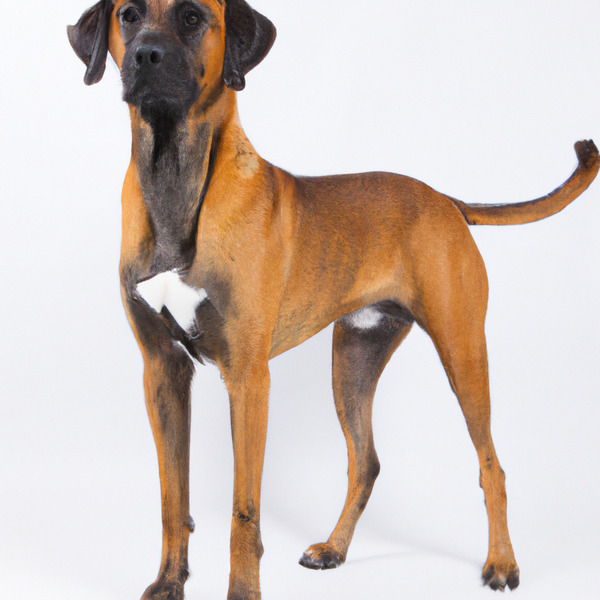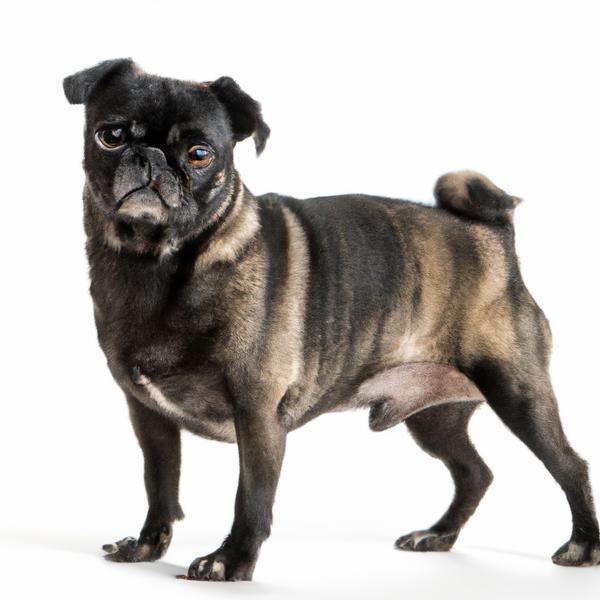Brug vs. Pugillon: Breed Differences and Similarities
Hypoallergenic
Are Brugs or Pugillons hypoallergenic, or neither?
Unfortunately, neither Brug nor Pugillon are hypoallergenic, which may not make them the best choice for dog lovers who suffer from pet allergies.
Temperament
What are the personalities of Brug and Pugillon dogs?
Playful
Alert
Sensitive
Courageous
Intelligent
Friendly
Affectionate
Loyal
Gentle
Going
Inquisitive
Selfish
Watchful
Companionable
Cheerful
Playful
Happy
Energetic
Alert
Courageous
Intelligent
Friendly
Affectionate
Loyal
Gentle
Going
Cheerful
Shedding Level
Do Brugs shed more than Pugillons, or which breed sheds more, Brugs or Pugillons?
Brug or Pugillon dogs are not heavy shedders, but they will lose a significant amount of hair each year. To decrease the amount of shedding, you can regularly brush your Brug or Pugillon. This will remove loose hair and keep their coat growing in the same direction.
Origin
What is the origin of Brug and Pugillon dog breeds?
United States
United States
Ancestry
What are the origins of Brug and Pugillon breeds?
Brussels Griffon and Pug
Pug and Papillon
Breed recognition
Which kennel clubs recognize/register Brug and Pugillon?
ACHC = American Canine Hybrid Club
DBR = Designer Breed Registry
DDKC = Designer Dogs Kennel Club
DRA = Dog Registry of America, Inc.
IDCR = International Designer Canine Registry®
ACHC = American Canine Hybrid Club
DRA = Dog Registry of America, Inc.
Date of Birth
When were Brug and Pugillon breeds first developed?
Unknown
Eye Color Possibilites
What are the eye colors of Brug and Pugillon dogs?
Brown
Brown
Nose Color Possibilites
What are the natural nose colors of Brug and Pugillon?
Black
Black
Coat Color Possibilites
What are the natural colors of the coat for Brug and Pugillon breeds?
Cream
White
Brown
Black
Black
White
Silver
Sable
Red
Coat Length
What is the typical coat length for Brug and Pugillon breeds?
Brugs have coats that can be either short or medium in length.
Pugillons have medium-length coats.
Coat Density
What is the density of the coat of Brug and Pugillon?
Coat Texture
What is the hair texture of Brug and Pugillon?
Straight
Litter Size
What is the usual litter size for Brug and Pugillon?
Brug and Pugillon, can have a litter of 2-4 puppies each on average. Nonetheless, it's important to keep in mind that litter size can differ significantly between individual dogs. Various factors such as the mother's health, breeding history, and genetics can have an impact on litter size.
Adaptability
Brug and Pugillons are known for their adaptability and versatility. They are capable of adapting well to a wide range of lifestyle changes and living environments, making them great companions for families and individuals of all lifestyles.
Health Issues
Between Brug and Pugillon, which breed is more prone to health problems?
The Brug and Pugillon breeds are commonly healthy with low vet costs, regular check-ups may not be as necessary but it's important to keep an eye on their health and have them checked by a veterinarian when needed.
Major Concerns
What are the major health concerns for Brug and Pugillon breeds?
Patellar Luxation
Hip Dysplasia
Patellar Luxation
Entropion
Deafness
Hip Dysplasia
Mitral Valve Disease
Legg-Calve-Perthes Disease
Liver Shunts
Minor Concerns
What minor health issues should be kept in mind when owning Brug and Pugillon?
Entropion
Skin Allergies
Legg-Calve-Perthes Disease
Progressive Retinal Atrophy (PRA)
Cataracts
Von Willebrand's Disease
Corneal Ulcer
Follicular Dysplasia
Progressive Retinal Atrophy (PRA)
Occasional Tests
What occasional tests are recommended for Brug and Pugillon breeds?
X-Rays
Allergy Tests
CT or MRI scan
Full Physical Examination
Optical Examination for PRA
Full Blood Profile
Skin Biopsy
Eye
Blood
Knee
Heart
Dna For Vwd
Liver Ultrasound
X-Rays
CT Scan
Physical Examination
Allergy Tests
Social Needs
Brug vs Pugillon social needs comparison
Brug and Pugillon have very high social needs. These needs include regular mental and physical stimulation, a job or purpose, and companionship. They thrive in environments where they have a lot of interaction with humans and other dogs.
Sleeping Need
Which of the two sleeps the most/least: Brug or Pugillon?
Brugs are known for their relaxed and calm nature and enjoy long periods of sleep.
Pugillons have moderate energy levels and typical sleep patterns of 12-14 hours per day.
Mouthiness
Mouthiness Comparison: Brug vs Pugillon?
Roaming urge
Brug vs Labrador: Running away tendency?
Prey Drive
Brug or Pugillon - which breed has a higher level of prey drive?
Past times
What are some enjoyable activities and ways to keep Brug and Pugillon entertained?
Play, Dog Parks, Catch treats, High Five, Bath time, Snuggling, Fetch, Walk, Swim, Tug-of-war, Cuddles
Fetch, Walking
Activity Level
Which breed has higher energy, Brugs or Pugillons?
Brugs are high-energy dogs. They need mental as well as physical exercise. These dogs require a lot of your involvement and without it they can, and will, become problematic dogs.
Pugillons are medium-energy dogs and typically enjoy socializing and playing casual or even sustained games of chase with other dogs. They may also have occasional periods of barking or racing around the house.
Tolerance of being left alone
Walks per Week
How many miles should Brug or Pugillon walk each week?
There's really no limit to how far you walk your dog as long as they're comfortable. For Brug, it's at least 7 miles / week. Just remember to build distance and stamina gradually over time.
There's really no limit to how far you walk your dog as long as they're comfortable. For Pugillon, it's at least 8 miles / week. Just remember to build distance and stamina gradually over time.
Activity per Day
Do Brugs or Pugillons require more exercise?
In general most Brugs usually need at least 60 minutes of exercise daily. This can be spread across the day and include all sorts of high-energy activities, like walking, running and playing.
In general most Pugillons usually need at least 25 minutes of exercise daily. This can be spread across the day and include all sorts of high-energy activities, like walking, running and playing.
Grooming
Which breed is easier to maintain in terms of grooming, Brugs or Pugillons?
The Brug requires an average amount of grooming compared to other breeds.
The Pugillon has low grooming needs and is easy to maintain.
Brushing Frequency
What is the recommended brushing frequency for Brug and Pugillon dogs?
Brug and Pugillon should be brushed at least once a week. Of course, you can give them more frequent brushes if you find that they are still shedding a lot.
Brushing Tools
What brushing tools are used for Brugs and Pugillons?
Slicker Brush
Comb
Nail Clipper
Pin Brush
Comb
Scissors
Nail Clipper
Cups
How much food should be given to Brug or Pugillon in cups?
Brug and Pugillon share the same recommended daily food intake of 1 cups, although the appropriate quantity may vary depending on the quality and nutritional content of their food.
Daily Cost
Which breed has a higher daily cost, Brug or Pugillon?
The average cost of a Brug is somewhere $1.10 - $1.40 per day.
The average cost of a Pugillon is somewhere $1.00 - $1.40 per day.
Monthly Cost
Which breed has a higher monthly cost, Brug or Pugillon?
The average per month expenses of a Brug is between $35 - $42. This makes an average of $420 - $504 per year. It will be on the higher side when the dog is still small because it will need more frequent visits to the vet, shots.
The average per month expenses of a Pugillon is between $28 - $42. This makes an average of $336 - $504 per year. It will be on the higher side when the dog is still small because it will need more frequent visits to the vet, shots.
Sensitivity Level
How do Brug and Pugillon compare in sensitivity?
This breed is sensitive and requires gentle handling and a calm home environment.
Pugillons have average emotions and adapt well to different situations.
Apartment Friendly
Which breed is more apartment-friendly: Brug or Pugillon?
Brugs make excellent apartment dogs, being fairly active indoors and not requiring a yard.
The Pugillon is a great apartment dog, thriving with sufficient exercise and time outside as part of their daily routine.
Child Friendly
Do Brugs or Pugillons have a friendlier temperament towards children?
Brugs have an average level of friendliness towards children.
Pugillons are good with kids if socialized and trained from a young age.
Senior-friendly
Which dog is more suitable as a pet for the elderly - Brug or Pugillon?
Cat Friendly
Do Brug or Pugillon breeds have a better compatibility with cats?
Brugs and Pugillons are very cat friendly dogs. They generally make good companions for cats.
Dog Friendly
Which breed is more sociable with other dogs: Brug or Pugillon?
Brugs and Pugillons are friendly, active and loyal companions. They generally love to be around other dogs, making them a good family pet for some.
Pet friendly
How do Brug or Pugillon dogs interact with other pets?
Stranger Friendly
Which breed is more friendly with strangers: Brug or Pugillon?
Brugs are friendly but may bark at strangers, and training is easy due to their intelligence.
Pugillons are highly friendly around strangers.
Playfulness
Which breed is more playful between Brug and Pugillon?
Brugs have an average level of playfulness, enjoying playtime like most dogs but not excessively so.
Pugillons are a playful breed that needs daily playtime to be happy.
Trainability
How do the trainability levels of Brugs and Pugillons compare?
Brugs may require more time and patience to learn commands, but with consistency, they can be trained.
Pugillons are usually easy to train but require consistency to fully obey commands.
Compare Brug with other breeds
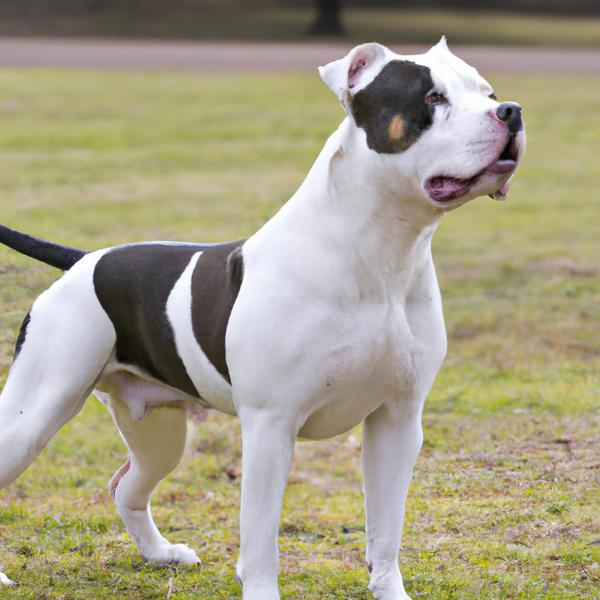
American Bull-Jack
Brug vs American Bull-Jack
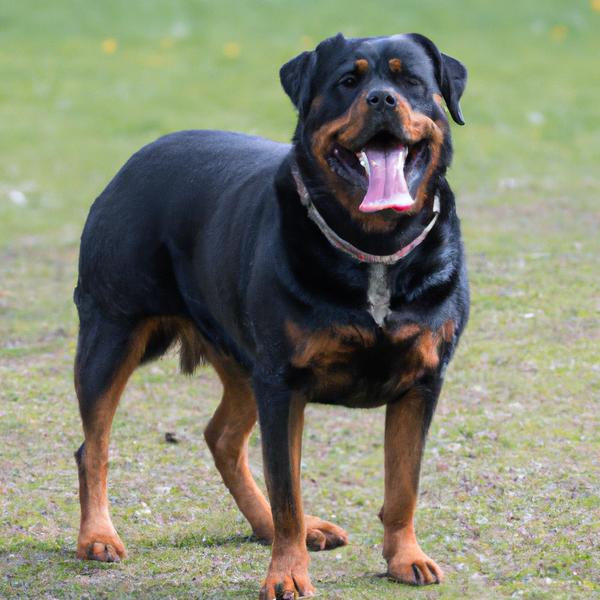
Springer Rottie
Brug vs Springer Rottie
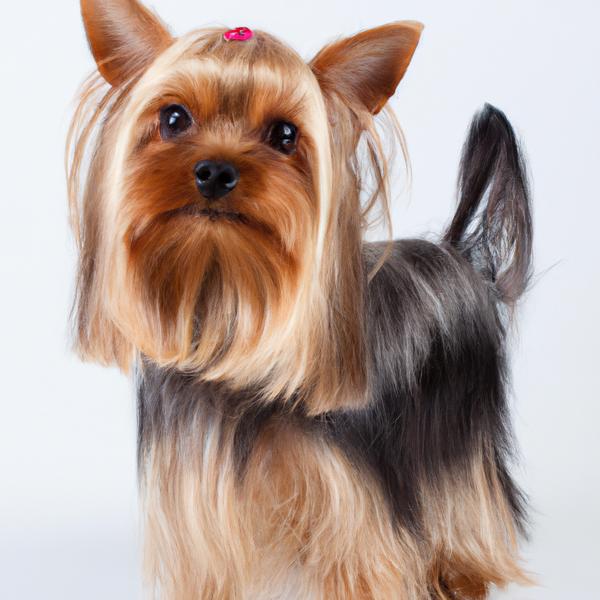
Yorwich
Brug vs Yorwich
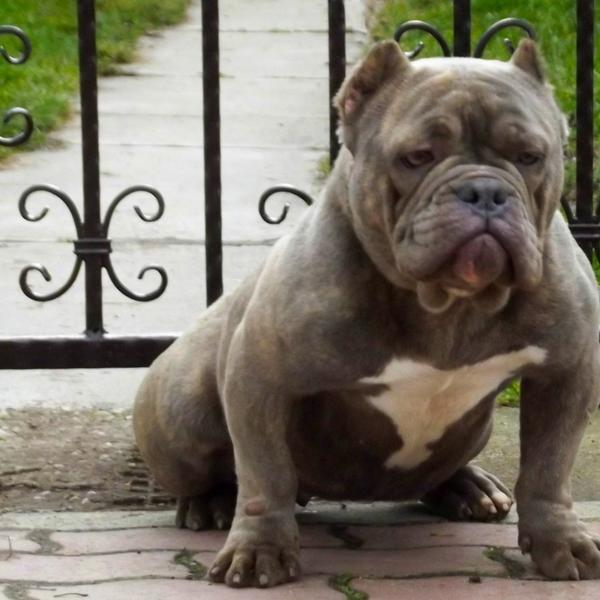
American Bully
Brug vs American Bully
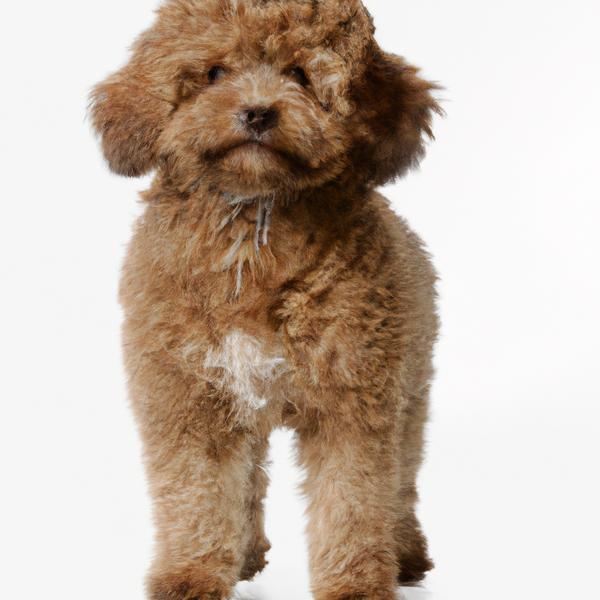
Bossi-Poo
Brug vs Bossi-Poo
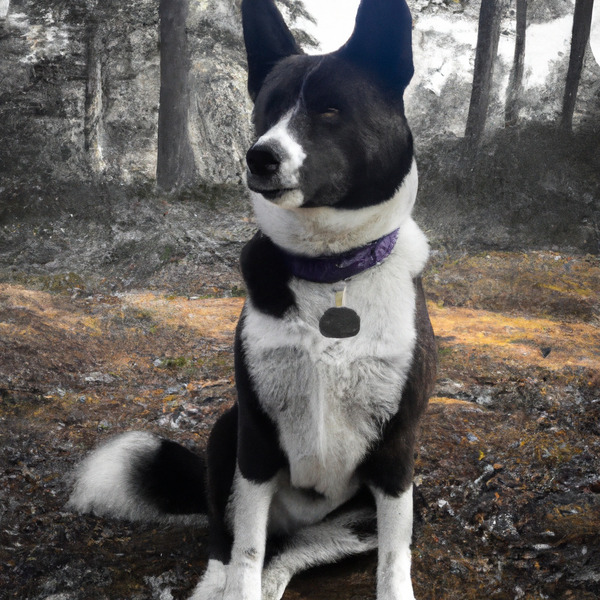
Karelian Bear Dog
Brug vs Karelian Bear Dog
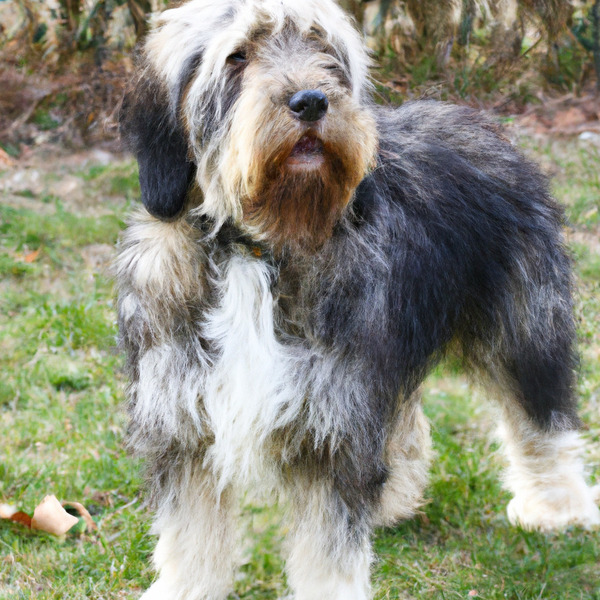
Petit Basset Griffon Vendeen
Brug vs Petit Basset Griffon Vendeen
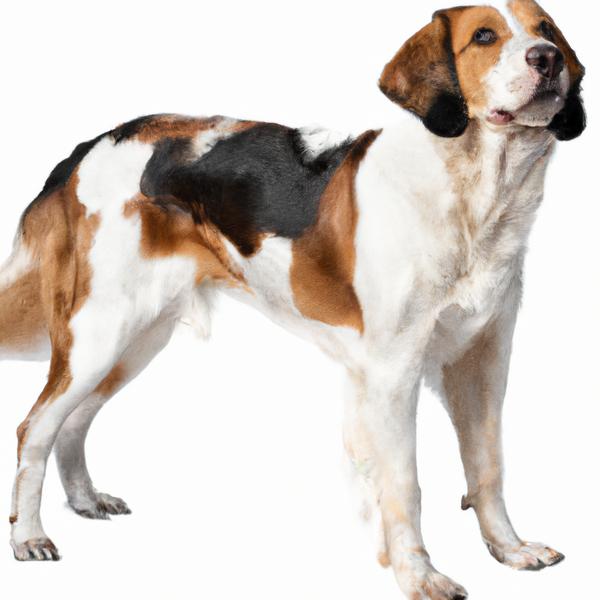
Italian Greagle
Brug vs Italian Greagle
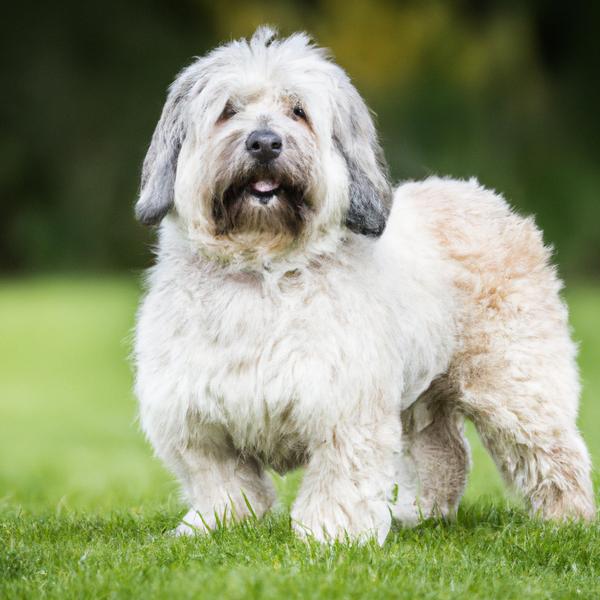
Wel-Chon
Brug vs Wel-Chon
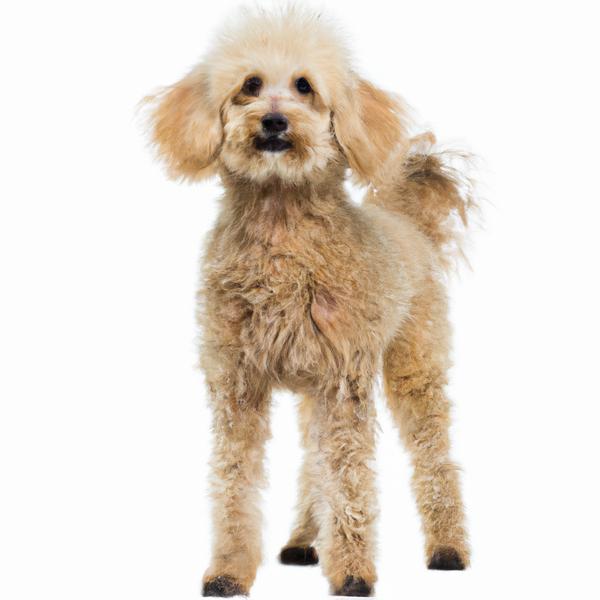
Pootalian
Brug vs Pootalian
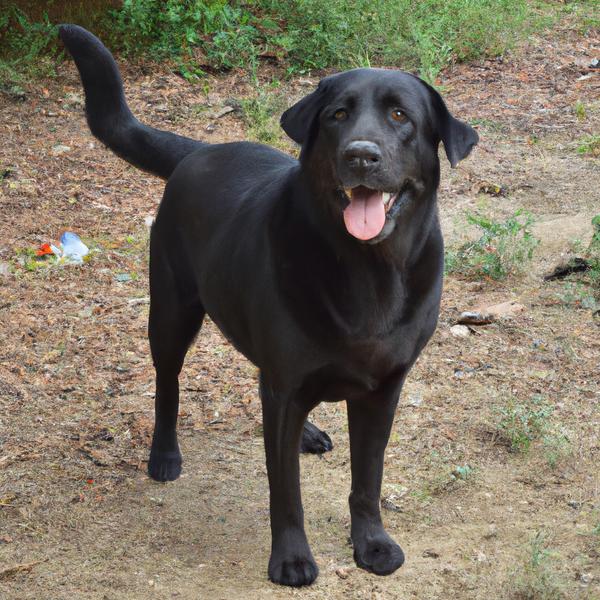
Labralas
Brug vs Labralas
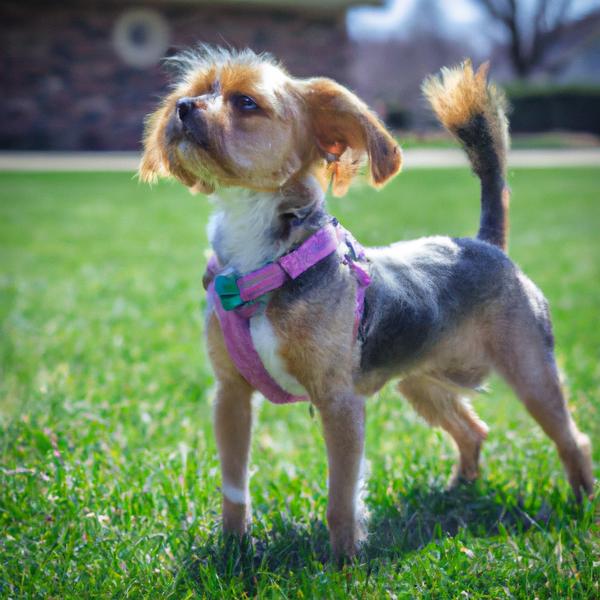
Yorkie Beagle
Brug vs Yorkie Beagle
